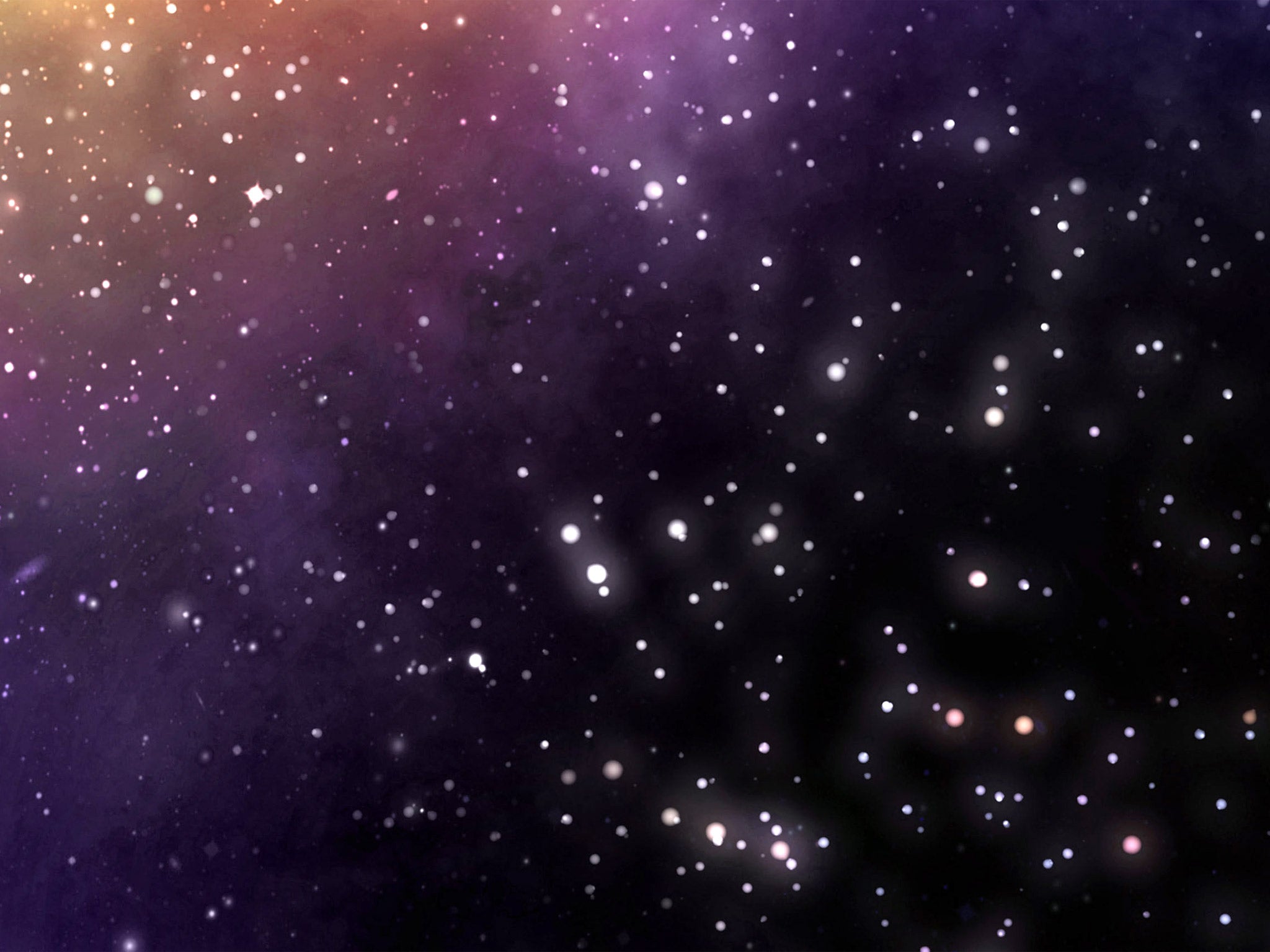An end to our darkest secret? Scientists close to explaining dark matter
A £1.3bn experiment could soon reveal the true nature of the mysterious dark matter

Your support helps us to tell the story
From reproductive rights to climate change to Big Tech, The Independent is on the ground when the story is developing. Whether it's investigating the financials of Elon Musk's pro-Trump PAC or producing our latest documentary, 'The A Word', which shines a light on the American women fighting for reproductive rights, we know how important it is to parse out the facts from the messaging.
At such a critical moment in US history, we need reporters on the ground. Your donation allows us to keep sending journalists to speak to both sides of the story.
The Independent is trusted by Americans across the entire political spectrum. And unlike many other quality news outlets, we choose not to lock Americans out of our reporting and analysis with paywalls. We believe quality journalism should be available to everyone, paid for by those who can afford it.
Your support makes all the difference.Scientists are close to solving one of the biggest mysteries of the universe. They have found tantalising evidence that might soon explain dark matter – the 95 per cent of cosmic “stuff” that we know exists, yet cannot see or detect with conventional scientific instruments.
The first results of a £1.3bn experiment on the International Space Station suggest that dark matter is composed of sub-atomic particles that permeate all regions of space, with a combined gravitational force that influences the movements of the biggest objects, from planets and solar systems to stars and galaxies.
For decades, cosmologists have argued over the nature of dark matter. Estimates show that we can see only about 5 per cent of the matter in the universe – composed of visible objects such as stars and galaxies – and that a further 24 per cent of mass is in the form of invisible dark matter, with the rest of the Universe composed of something even more mysterious called dark energy.
Some cosmologists have suggested that the “missing mass” of the universe is made of massive objects such as brown dwarf stars that do not emit light, whilst other experts have pointed to the possibility of a cosmic-wide ocean of sub-atomic particles that permeate everywhere, yet do not interact with ordinary matter.
Now the alpha magnetic spectrometer (AMS) instrument on the space station has detected the strongest signs yet that dark matter may indeed be composed of sub-atomic particles known as neutralinos, which are so weakly-interacting that they pass straight through the Earth without stopping.
Professor Sam Ting, the head of the AMS experiment, released the first 18 months of data from the AMS experiment yesterday at a scientific seminar at the European Organisation for Nuclear Research (Cern) in Geneva – but disappointed many by declining to confirm that dark matter had actually been found.
“These observations show the existence of a new physical phenomena, whether from a particle physics or an astrophysical origin,” Professor Ting said. Essentially, the results support the existence of dark matter in the form of sub-atomic particles, but other explanations for the results are still possible, he said.
“I’ve never made a mistake and this is a very difficult experiment,” Professor Ting said in reply to questions about whether he had further preliminary results to support the neutralino theory.
“It took us 18 years to build this detector. Nobody will be foolish enough to repeat this so we want to do it correctly,” he said.
The AMS experiment does not detect neutralinos directly. Instead, it is designed to detect the electrons and positively charge particles called positrons that are, in theory, given off when neutralinos collide in a process known as annihilation.
The AMS has indeed detected an excess of positrons that supports the sub-atomic particle model of dark matter, but these positively-charged particles could also be the result of nuclear interactions going on in distant pulsars – rotating neutron stars in space.
“AMS is the first experiment to measure to 1 per cent accuracy in space. It is this level of precision that will allow us to tell whether our current positron observation has a dark matter or pulsar origin,” Professor Ting said.
“Over the coming months, AMS will be able to tell us conclusively whether these positrons are a signal of dark matter, or whether they have some other origin,” he said.
Join our commenting forum
Join thought-provoking conversations, follow other Independent readers and see their replies
Comments